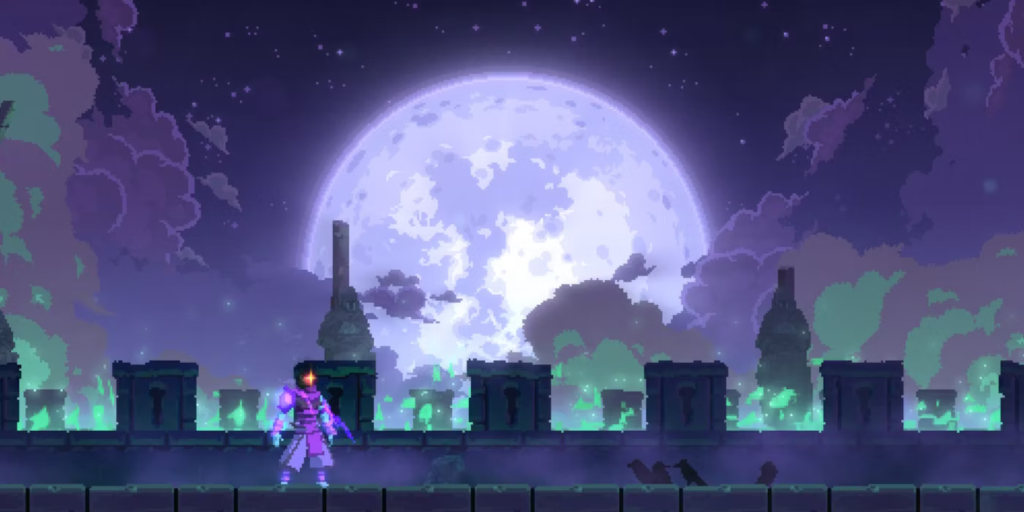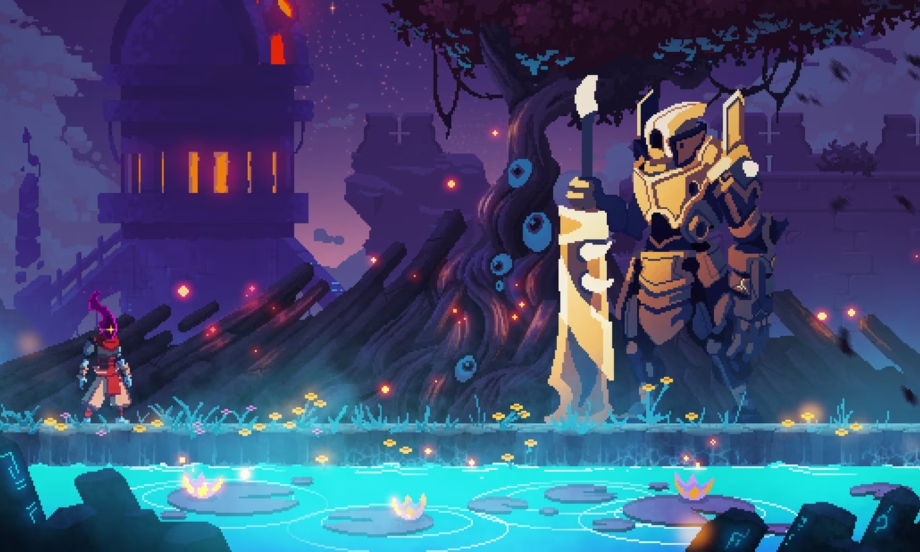Hello, everyone! My name is Andrei Phelps, and I’m in the final semester of my undergraduate Computer Science degree. My interest in computational design started back in high school with Adobe Illustrator and Photoshop. I’m really passionate about video games and have even dabbled in game development using Unity. I enrolled in this class to dive deeper into how computational design can create dynamic and immersive gaming experiences, along with other creative designs. Plus, I know a few people with 3D printers and have always wanted to try it out myself, so this seemed like the perfect opportunity.

The project I chose is the game Dead Cells, developed by Motion Twin, a relatively small studio with just a couple of major titles under their belt. Dead Cells is a rogue-lite metroidvania that uses procedural generation to create a fresh experience every time you play. The game’s algorithms determine the placement of enemies, items, doors, and the overall layout of each area, ensuring that no two runs are the same. Despite the randomization, there’s a consistent structure where certain biomes and bosses follow others, keeping the progression balanced.
One of my favorite features of Dead Cells is its unique pixel art style. The vibrant colors, fluid animations, and detailed environments create a timeless aesthetic that I think will stand the test of time, much like games such as Hollow Knight or Terraria. The combination of innovative gameplay mechanics, like procedurally generated environments, and its distinct art design makes Dead Cells a great example of computational design in video games.
To learn more about the game or developer, visit their website at: https://motiontwin.com/

Hey Andrei, this project is really cool. I would imagine that the computational design makes it more engaging to play and encourages you to come back to the game to try different environments. The intersection of art and design is clear here. Are there elements of this game that you would be interested in using in games you design yourself?
Hey Andrei! I’ve also played Dead Cells and it’s probably one of the most beautiful pixel games I’ve ever seen. The gameplay is smooth and the randomness gives you a fresh feeling every playthrough like you said! I like that you mentioned the randomization being fair. I’ve always loved that despite the random nature you can always expect certain enemy types in certain areas. In addition, you can choose which area you want to go to (in some cases) based on how confident you are, which is something I enjoy a lot. I hope you can learn a lot in this class to help further your game development skills!
Hey Andrei, I haven’t played Dead Cells, but its design is fantastic for a pixel game. Just those pictures alone have convinced me to start playing it. I am also interested in video game design, though I haven’t had much experience it seems like an incredibly fun path to go down.
Hey Andrei! I’m excited to work with you here in your last semester of computer science! You have been a great friend and classmate over the past few years. Your project is very interesting as I myself am very into rogue-like games. I love the art style and I hope that you can learn some techniques for game development in this class!
Hey Andrei, nice to see a fellow Dead Cells enjoyer! There’s actually a little something special about its art style that separates it from most other pixel-art games is that, at least for the characters, the art wasn’t hand-drawn, but rendered! They made simple 3D models and developed a program which would render it to a small output size (50×50 pixels, for example) without any anti-aliasing, then store the results like you would a had-drawn sprite! It’s pretty rare to see this method used, but can be found as far back as Donkey Kong Country for the SNES.